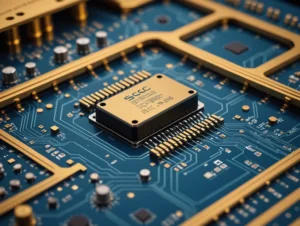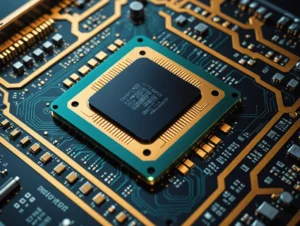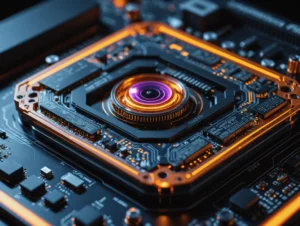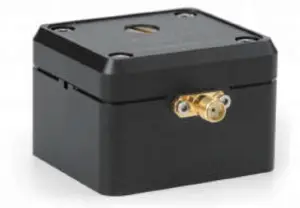Silicon photonic circuit modeling is essential for the design and simulation of circuits containing various photonic components like modulators, filters, and waveguides. The goal of this modeling process is to ensure that the entire circuit operates efficiently by simulating the functionality and performance of individual components.
There are several approaches for simulating silicon photonic circuits. These can include both analytical solutions for smaller components, such as 1D structures like thin-film filters, and numerical methods for larger, more complex systems. In the latter case, phenomenological models can simplify the simulation of waveguides and larger circuits, helping designers handle more extensive simulations effectively.
For larger circuit simulations, both frequency-domain and time-domain methods can be used. In the frequency domain, the models focus on analyzing the system’s frequency response, for instance, how an optical filter characterizes wavelengths passing through. In the time domain, transient analyses, such as eye diagrams and bit error rate calculations, help understand how the system responds over time.
For photonic circuit modeling, there are several tools and methodologies available. MATLAB can be used for building simple circuit models using scripts, while open-source software, like Caphe from the University of Ghent, allows for Python-based modeling. Advanced simulation environments like Lumerical INTERCONNECT, Synopsys OptiSim, and ASPIC are also widely used for commercial-level simulation of integrated photonic circuits.
In practical applications, simulations often involve both photonic and electronic components. For example, optoelectronic oscillators and modulators require co-simulation between optical and electronic models. Software like OptiSPICE and OptiSystem offers combined tools to simulate the interaction between electronics and optics, providing a unified environment for integrated circuit design.
A common workflow involves using steady-state simulators, such as ASPIC, to simulate circuit behavior. Time-domain and frequency-domain simulators complement this approach by solving sparse matrix equations for the entire system. The advantage is that each element of the circuit (e.g., modulators, resonators) can be studied individually, and then their behavior is integrated into the overall model. This makes it possible to perform detailed simulations of each part while ensuring they work together as a system.
Finally, advancements in Electronic Design Automation (EDA) tools mean that future circuit modeling will increasingly involve co-simulation across both photonic and electronic domains, leading to greater efficiency in designing silicon photonic systems.





